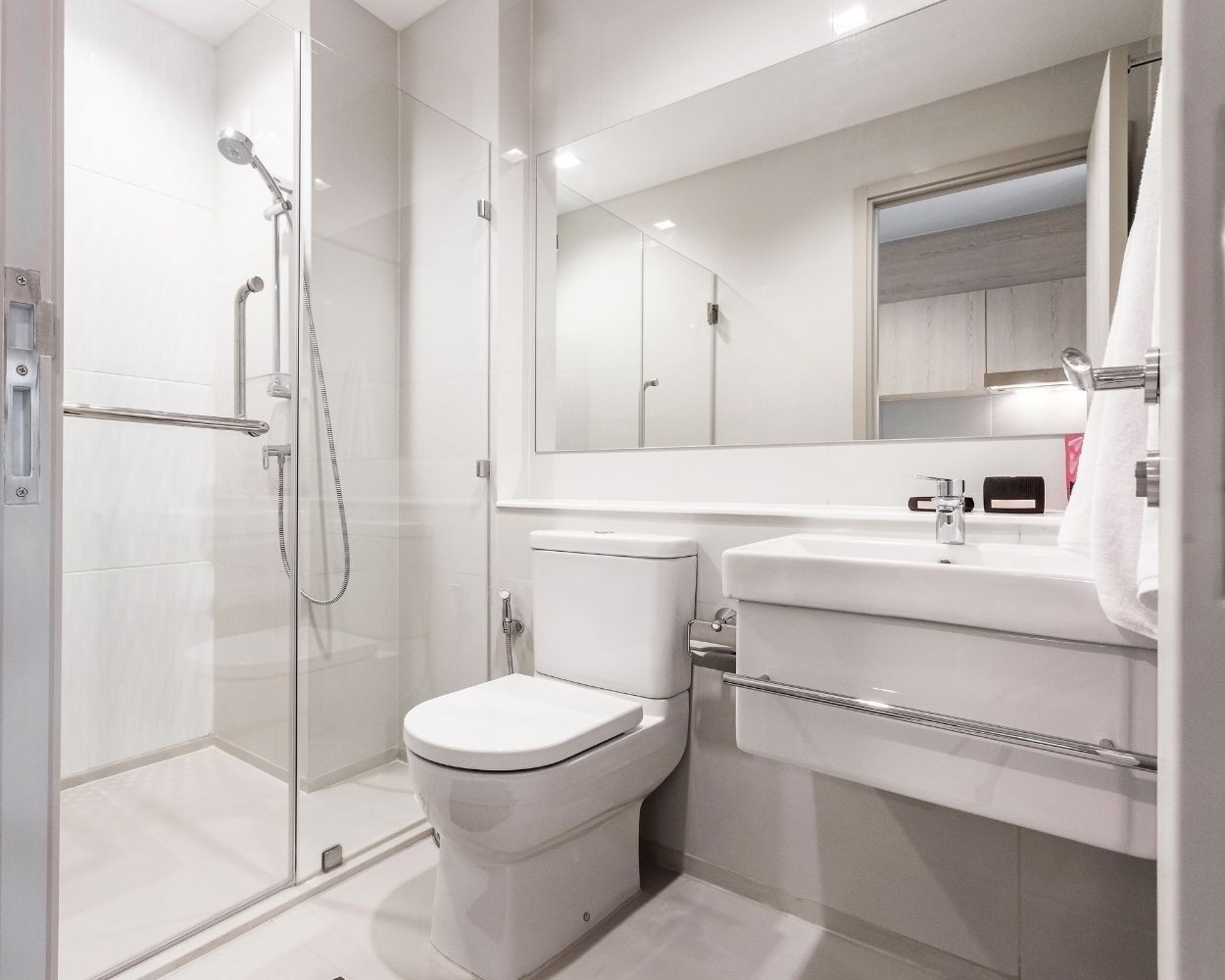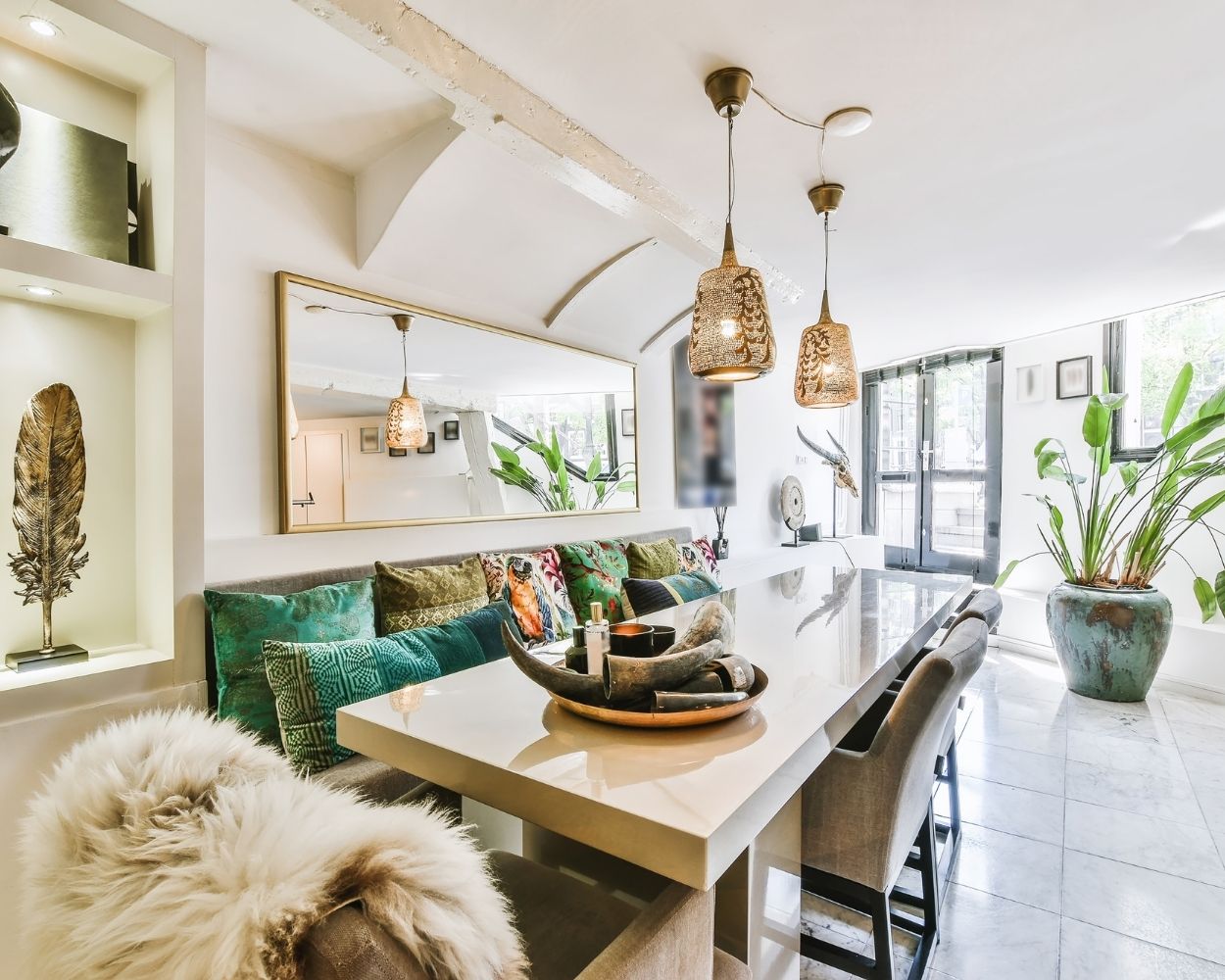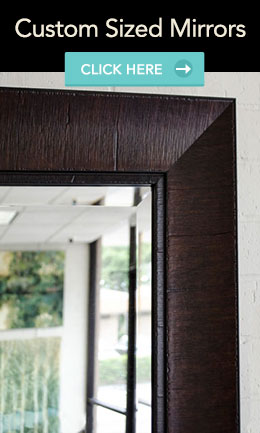
Framed vs. Frameless Mirrors: Which One Is Right for Your Design Project?
Mirrors are design statements that define how light, space, and texture interact within a room. Whether you’re styling a modern bathroom, a high-end lobby, or a residential living area, choosing between a framed or frameless mirror can dramatically change the overall aesthetic and functionality of your design. Here’s a breakdown to help interior designers, remodelers, and design professionals make the right choice.
1. The Framed Mirror: Timeless Definition and Design Flexibility
Framed mirrors remain a classic in both traditional and contemporary interiors. The frame adds structure and detail, allowing you to introduce texture, color, and personality to the wall. For example, a custom-sized rectangular mirror with a white or black wood frame instantly enhances bathroom vanities or bedroom walls, creating a polished and cohesive look.
Framed mirrors also help anchor a space. In large bathrooms or open layouts, the border visually defines the area, providing balance against tiles or wall finishes. The frame material like wood, metal, or composite offers an additional opportunity to echo finishes found elsewhere in the room. Designers often select matching tones for cabinetry, faucets, or door hardware to create continuity.
Best for: Traditional bathrooms, vintage-inspired bedrooms, and transitional interiors where visual warmth and detailing matter.
Pro tip: For humid environments, specify sealed or moisture-resistant frame materials to maintain long-term durability.
2. The Frameless Mirror: Sleek, Minimal, and Architectural
Frameless mirrors are a hallmark of modern and minimalist design. Their clean edges and uninterrupted surfaces blend seamlessly with contemporary materials like marble, quartz, or concrete. In commercial remodels or luxury bathrooms, frameless mirrors visually expand the space and reflect light evenly, creating a crisp and open atmosphere.
Installation flexibility is another advantage because frameless mirrors can be cut to custom heights and widths, allowing them to cover entire walls or integrate with lighting features. Designers often pair frameless mirrors with LED backlighting for a sophisticated, floating effect.
However, frameless mirrors require precision during installation, as exposed edges demand perfect alignment and wall finishing. Their simplicity means they rely heavily on surrounding materials for character and definition.
Best for: Modern bathrooms, contemporary commercial interiors, and small spaces where maximizing light and openness is key.

Pro tip: Use low-profile mounting brackets or adhesive systems to preserve the sleek, edge-to-edge look.
3. Framed vs. Frameless: Making the Right Choice
The decision ultimately depends on project goals and the desired aesthetic.
- Choose framed mirrors when you want warmth, texture, or a decorative focal point.
- Choose frameless mirrors for a streamlined, architectural look that amplifies space.
For interior designers and remodelers, combining both styles within a project can achieve balance—framed mirrors for statement areas and frameless mirrors for functional, modern spaces.
Whether you select a framed or frameless mirror, customization remains key. Custom sizing ensures proper proportion, alignment, and visual harmony across all room types. A mirror’s edge treatment and finish can either subtly support or boldly define your design concept.

